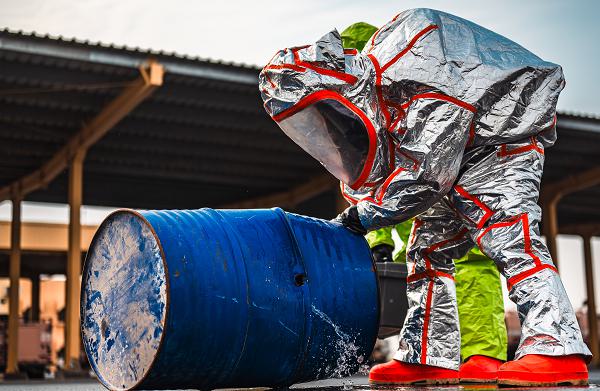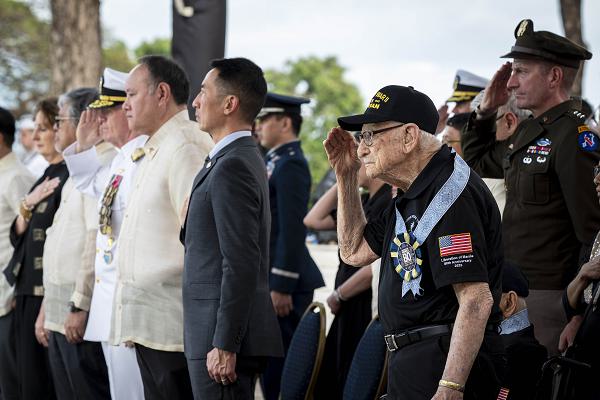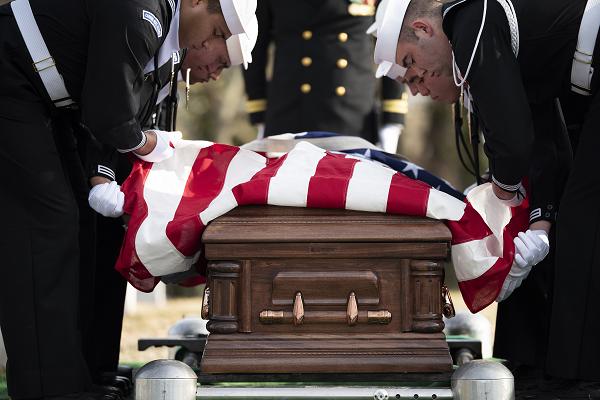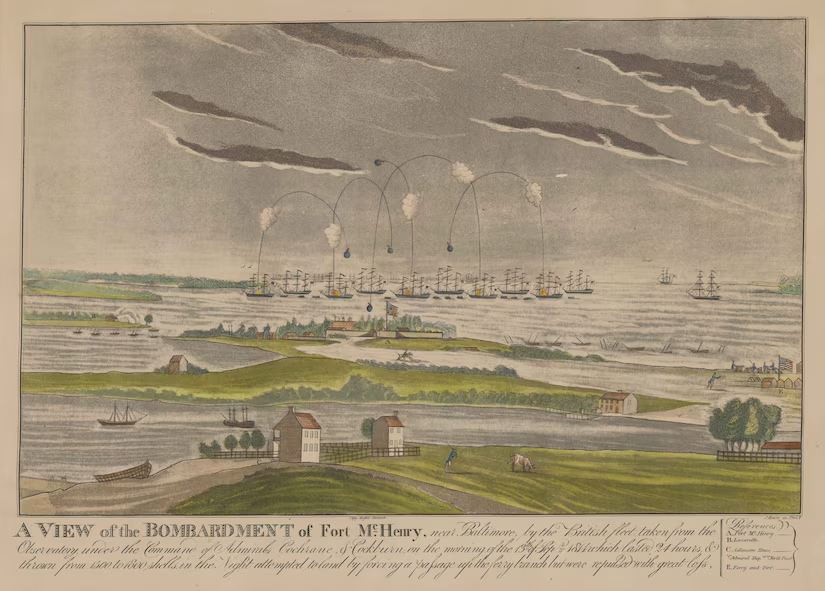- Details
- Hits: 1728

Central Command Area of Responsibility. (February 22, 2025): A hazardous chemical spill is dangerous, anywhere. When it happens aboard a warship, on a busy flightline, or on a submarine, the results can be catastrophic. In this photo by Airman 1st Class Zeeshan Naeem, Senior Airman Jonathan Cain, 379th Expeditionary Civil Engineer Squadron firefighter, deals with a simulated hazardous materials leak. How quickly and safely a spill is contained can be literally a matter of life and death.
Every branch of the military contends with hazardous materials given the nature of modern combat. When a spill occurs, HazMat teams immediately isolate the area and evacuate personnel to prevent further exposure. Wearing full body suits including gloves, respirators, and eye protection, the teams determine the nature of the contaminant and then develop a plan to contain it.
- Details
- Hits: 2438

Manila, Philippines. (February 28, 2025): It became known as the “Stalingrad of Asia” and was the single worst urban battle ever fought by American forces. In this photo by Navy Chief Petty Officer Shannon M. Smith, American and Filipino veterans salute alongside military and civilian leaders during an event marking the 80th anniversary of the liberation of Manila. The month-long battle to liberate the city from the Japanese resulted in the death of at least 100,000 civilians and the complete devastation of this culturally important city.
The irony is much the death and destruction could have been avoided had a single Japanese commander followed orders.
- Details
- Hits: 1562

Aqaba, Jordan. (February 15, 2025): For over forty years, the Kingdom of Jordan has been a major U.S. ally and a stabilizing force in a very dangerous part of the world. In this photo by Diver 1st Class David McMahan, U.S. and Royal Jordanian Navy divers participate in a surface supplied dive during Maritime Exercise 2025. This12-day American-led exercise included over 5,000 troops from over thirty nations. American and Jordanian Divers trained in explosive ordnance disposal, search and rescue techniques, vessel defense, and mass casualty response.
This is the ninth meeting for this event which has grown into the largest military exercise in the Middle East. This year’s focus was on maritime security operations, mine countermeasures, and steps to confront the twin threats posed by unmanned systems and artificial intelligence.
- Details
- Hits: 1499
 President Donald J. Trump delivers the first address of his second term to a joint session of Congress at the Capitol, March 4, 2025. Photo by White House
President Donald J. Trump delivers the first address of his second term to a joint session of Congress at the Capitol, March 4, 2025. Photo by White House
PENTAGON, (March 5, 2025): During his first address to a joint session of Congress, March 4, 2025, President Donald J. Trump said that the changes he's made since his inauguration in January have enhanced recruiting within the U.S. military in ways that haven't been seen in years.
On his first day in office, the president signed an executive order ending diversity, equity and inclusion programs across the federal government. Less than a week later, newly sworn-in Defense Secretary Pete Hegseth drafted a message to the force that mirrored the president's words, saying he would rebuild the U.S. military with a focus on lethality, meritocracy, accountability, standards and readiness.
- Details
- Hits: 1122

Arlington, Virginia. (February 13, 2025): Thanks to today’s cutting-edge forensics, a Sailor who lost his life at Pearl Harbor can finally return home. In this photo by Elizabeth Fraser, Sailors render military honors for Seaman 1st Class Aaron L. McMurtrey in Section 69 of Arlington National Cemetery. McMurtrey was assigned to the USS California on December 7, 1941, when the battleship was struck by multiple torpedoes and aerial bombs. The attack on the ship resulted in the deaths of 103 crew members including McMurtrey. Originally from Durant, Oklahoma, McMurtrey joined the Navy months before being assigned to the ill-fated California. He was officially accounted for in 2024 after his remains were identified using modern, highly sophisticated forensic tools.
The Defense POW/MIA Accounting Agency (DPAA) employed two primary analytical methods to identify Seaman McMurtrey were Mitochondrial DNA (mtDNA) and analysis of the Y chromosome (Y-STR).
- Details
- Hits: 1451
 A view of the bombardment of Fort McHenry, near Baltimore, by the British fleet, taken from the observatory under the command of Admirals Cochrane and Cockburn on the morning of Sept. 13, 1814, painted by John Bower in 1819. Courtesy of the Library of Congress
A view of the bombardment of Fort McHenry, near Baltimore, by the British fleet, taken from the observatory under the command of Admirals Cochrane and Cockburn on the morning of Sept. 13, 1814, painted by John Bower in 1819. Courtesy of the Library of Congress
PENTAGON, (March 3, 2025): This week, Americans honor the enduring spirit of patriotism embodied in National Anthem Day, celebrated March 3.
The annual recognition allows Americans to commemorate the valor of Francis Scott Key, whose words — scribed amid the chaos of the Battle of Fort McHenry — gave rise to "The Star-Spangled Banner," a song that has served as the national anthem of the United States since 1931.
Key, a Maryland lawyer, witnessed the resilience of American warfighters during the War of 1812, a conflict that tested the mettle of a young nation determined to assert its sovereignty against British might.
Read more: DEFENSE DEPARTMENT RECALLS FORT MCHENRY'S TRIUMPH ON NATIONAL ANTHEM DAY


